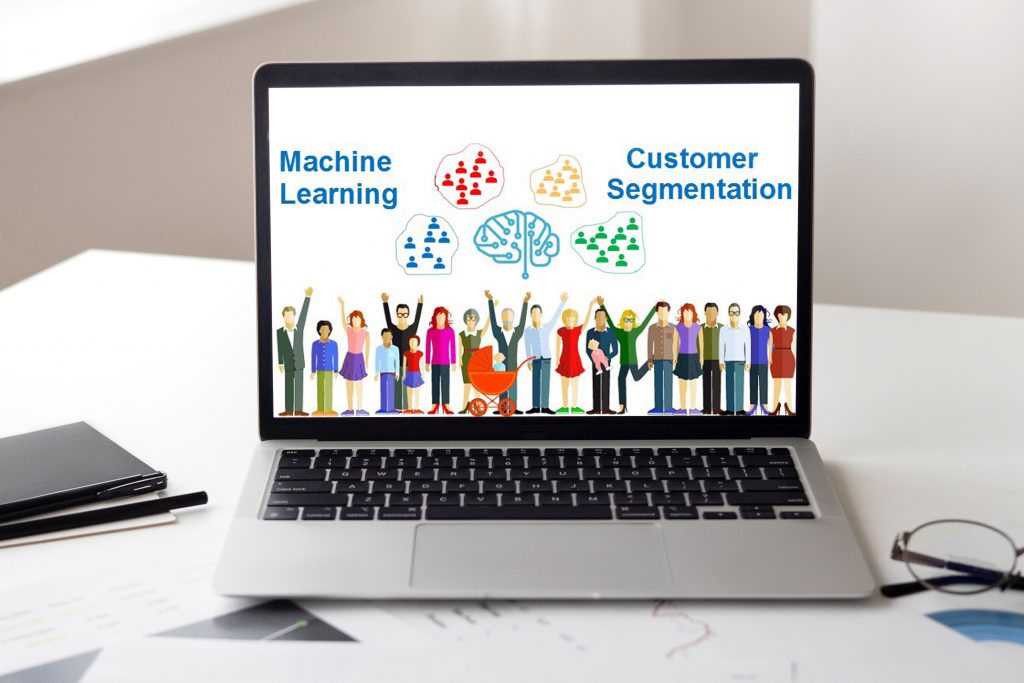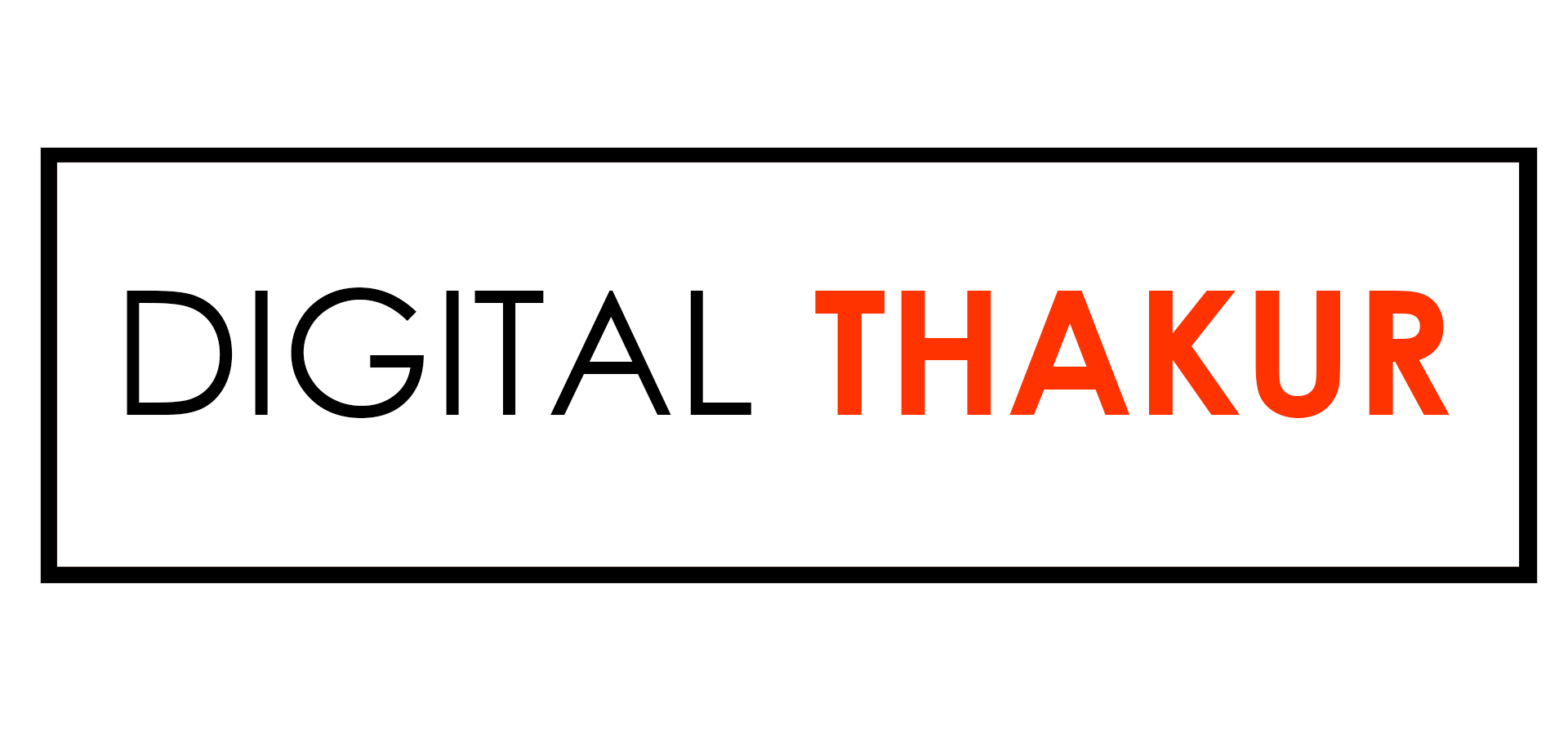
Take into account the people in your life. You usually segment your target market manually if you have a big announcement. For instance, you may send a group SMS to your entire family about a promotion instead of emailing your coworkers.
Your clients experience the same thing. Each has specific needs, traits, problems, and expectations for your business. Sometimes the most effective way to engage with your target customer is to make them feel they are a part of society.
You may use customer segmentation to understand your customers’ needs better and cater to them. By doing so, you’ll be able to meet (and maybe exceed) their expectations more successfully and effectively.
What is customer segmentation?
Customer segmentation is the method of grouping consumers based on traits they have in common, including behaviors or demographics, to market to them more successfully.
Discussions on creating marketing personas may also be started using these consumer segmentation categories. Marketing personas must be closely tied to those consumer groups to be effective, as customer segmentation is frequently utilized to influence a brand’s messaging, positioning, and sales strategy.
A marketing “persona” represents a particular consumer group, and organizations frequently create several personas to represent their various client segments.
However, for it to happen, a business needs a strong foundation of customer categories around which to base its strategy.
Benefits of customer segmentation
It would be comparable to firing bullets at a target from 100 feet away while wearing blinders to implement a marketing strategy in the expansion stage without knowing how your target market is classified. The likelihood of hitting the target is mainly governed by chance.
Nevertheless, the commercial advantages are substantial if the most acceptable current customer segmentation is carried out appropriately. For instance, the best recent customer segmentation exercise can significantly impact your operating performance by –
Improving your entire product
Knowing who wants to purchase your product and why they require it may help you position your business as the most excellent solution to their particular needs. Customer satisfaction will thus rise, as well as performance compared to rivals. The benefits go beyond your primary product offering since whatever knowledge you have about your top customers will help your business deliver exceptional customer service, expert services, and any additional products that go into making up their total product experience.
Focusing on the message you use for marketing
In addition to product improvements, a customer segmentation project may help you create more precise marketing messages suited to each of your top categories and increase the quality of inbound interest in your product.
Allowing your sales staff to target more substantial prospects
Your sales staff will be able to improve its win rate, cover more land, and eventually increase revenues if you spend less time on less profitable alternatives and more time on your most profitable areas.
What is the importance of customer segmentation?
Client segmentation may enable marketers to reach out to each consumer in the most effective way. Marketers may distinguish distinct groups of consumers with high accuracy using a customer segmentation study, which uses a lot of customer data based on demographic, behavioral, and other characteristics.
Knowing how each specific marketing action will affect the customer is crucial because the marketer’s goal is often to maximize each client’s value (revenue and profit). Instead of concentrating on the immediate value of marketing activities, such “activity-centric” customer segmentation would focus on a marketing action’s long-term customer lifetime value (CLV) effect. Clients must thus be categorized or segregated according to their CLV.
How do we segment customers?
Customer segmentation requires a business to gather specific data about its consumers and analyze it to find patterns that may be used to create subgroups.
Some might be learned from purchasing data, such as job titles, locations, and things bought. The information could have come from how the customer used your system. An online marketer using an opt-in email list, for instance, can segment marketing messages based on the opt-in offer that attracted the customer. It will be necessary to use different techniques to gather other information, such as client demographics like age and marital status.
Standard methods of gathering information include:
- Interviews over the phone
- In-person Surveys
- General market research using data that is readily available in discussions
Best approaches for customer segmentation
There are three approaches to customer segmentation:
- The most fundamental technique, known as a priori segmentation, creates several customer groups within a market by using a classification scheme based on publicly available criteria like industry and company size. On the other hand, a priori market segmentation may not always be accurate because businesses of the same size and industry may have radically different needs.
- Needs-based segmentation is based on distinct, confirmed consumer drives (needs) for a particular good or service. Segments are established based on needs rather than characteristics like industry or company size to identify and evaluate requirements.
- Value-based segmentation, which divides customers with the same worth level into distinct categories that may be specifically targeted, differentiates consumers based on their economic value.
The value-based approach, which enables expansion-stage businesses to precisely define and target their best prospects (based on current market knowledge) and meet most of their segmentation needs in the expansion stage, will be the main focus of this guide. This approach does so without the time and resources required by a conventional, descriptive segmentation research process.
Wrapping Up
Similarities between customer groups might affect how a company markets to different segments and what goods or services it promotes to them. Based on market knowledge, a small business selling hand-crafted guitars can decide to target younger guitarists with lower-priced products and older players with more expensive, higher-quality instruments. Similarly, a meal delivery service may emphasize convenience for millennial customers while emphasizing perks for baby boomers that make meals “taste like mom used to prepare.”
Every organization, regardless of size, industry, and whether they sell online or in person, may segment their customers. It starts with gathering and analyzing data and ends with appropriate and successful action based on the knowledge gathered.


